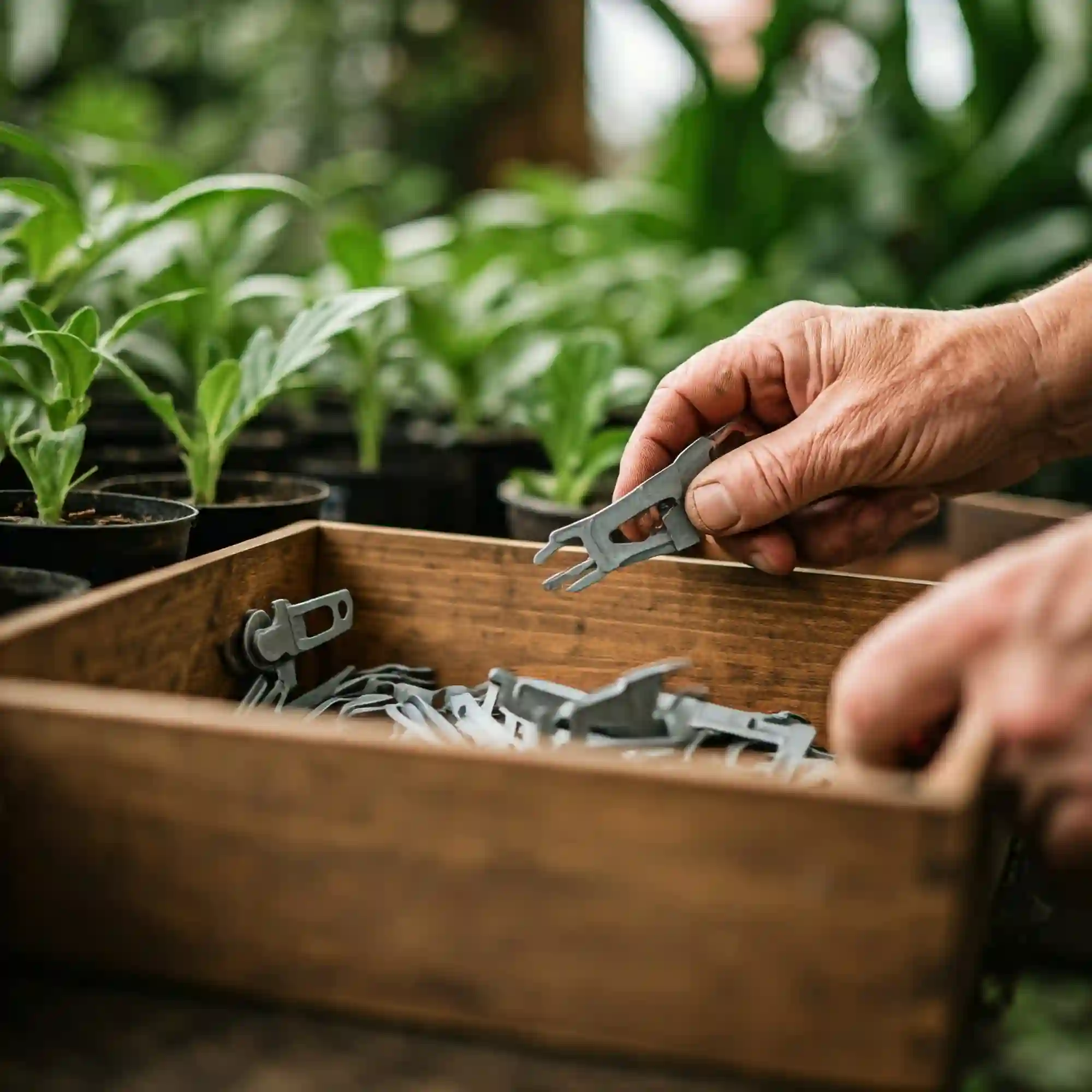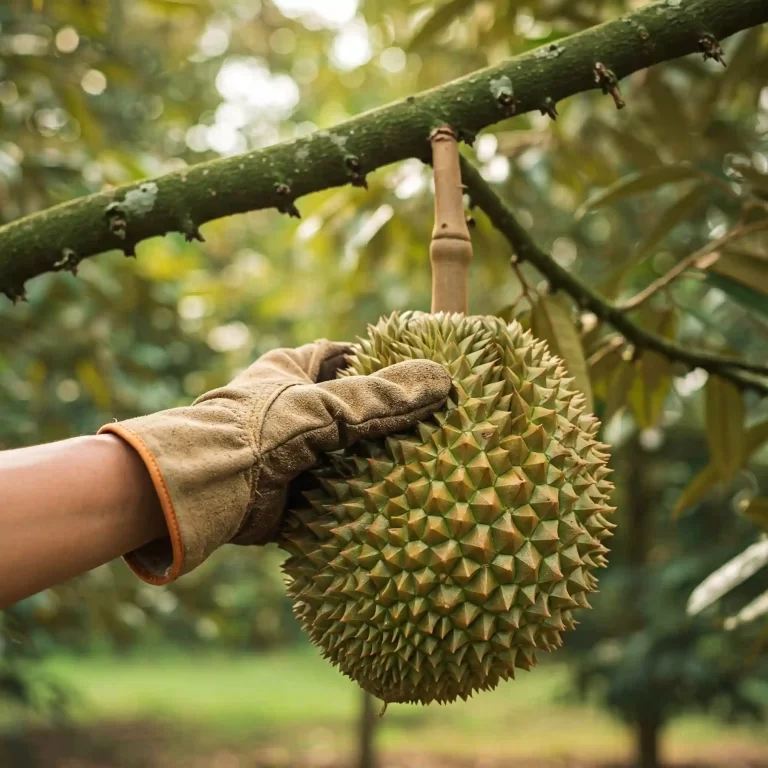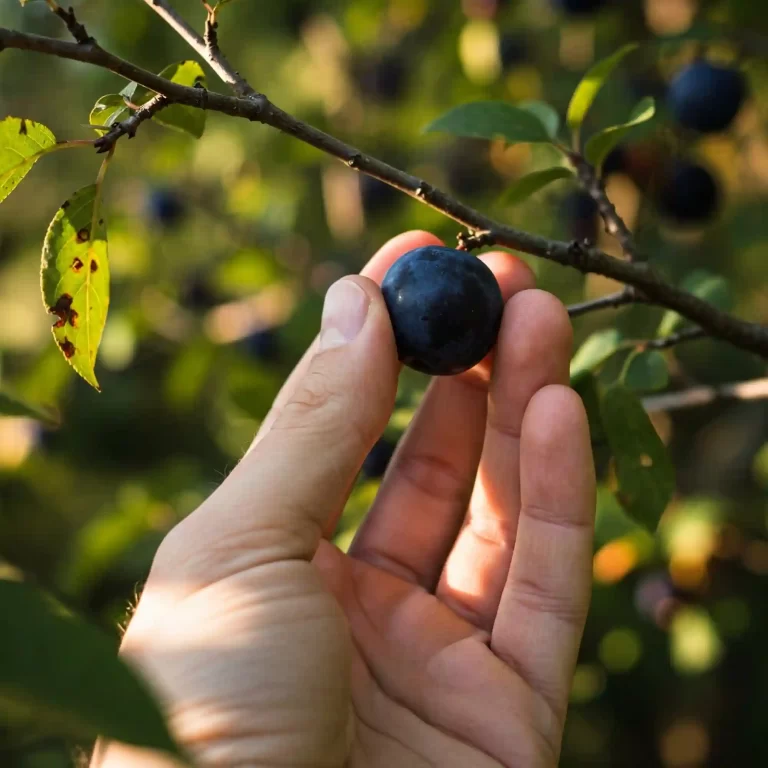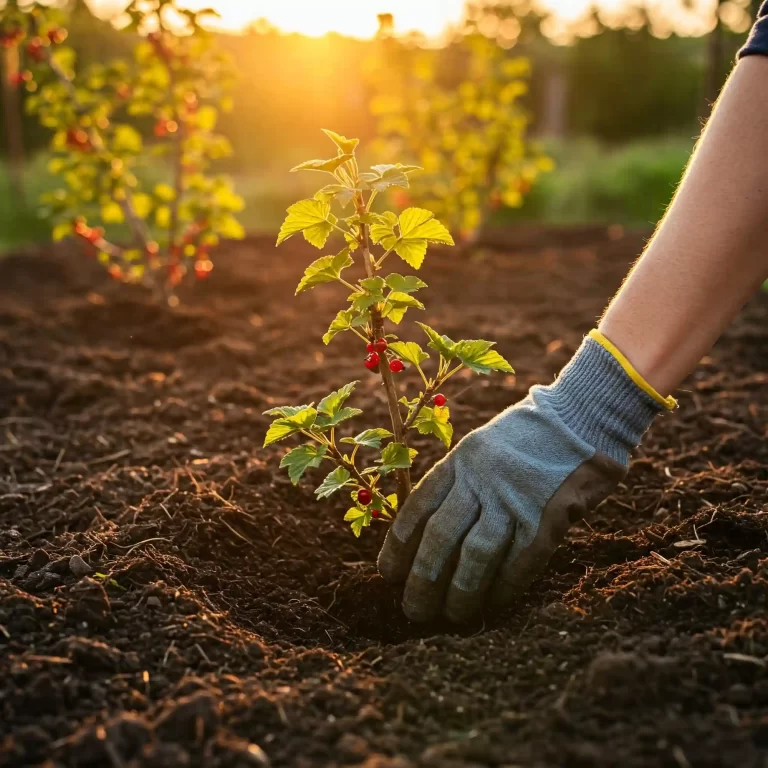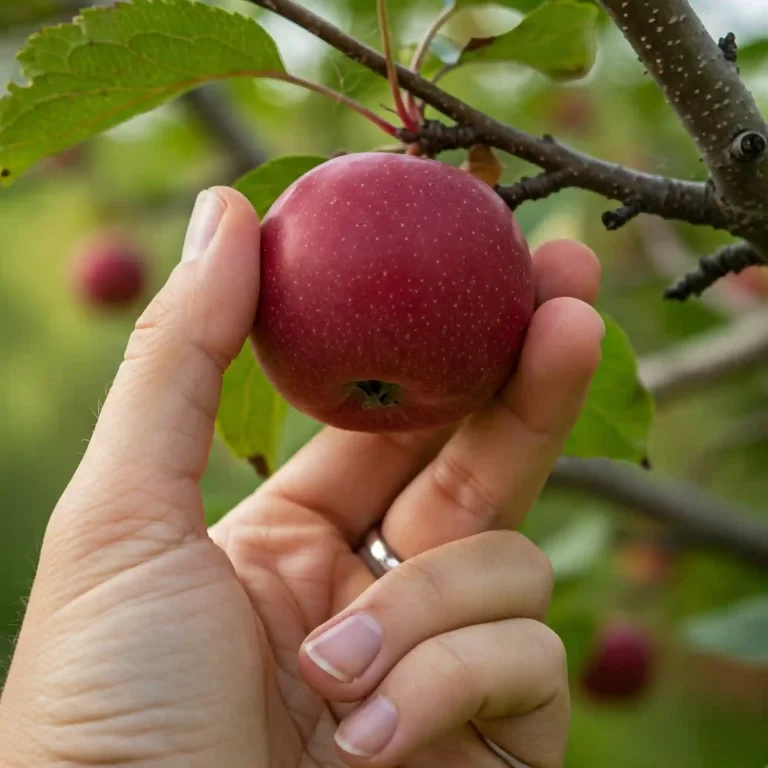As a gardener, you know how frustrating it can be to see your plants struggling to stay upright or growing in unintended directions. This can lead to damaged stems, reduced yields, and an overall messy garden.
You’ve invested time, effort, and money into your garden, and seeing your plants suffer can be disheartening. You might have tried various methods to support your plants, but they either don’t work well or are too cumbersome to manage.
Plant clips are a simple yet effective solution to these problems. They provide the support your plants need, helping them grow strong and healthy. In this comprehensive guide, I’ll share everything you need to know about using plant clips, from choosing the right type to using them effectively in your garden.
What Are Plant Clips?
Plant clips are small, often reusable tools designed to support and secure plants as they grow. They come in various shapes, sizes, and materials, each suited for different types of plants and gardening needs. By providing stability and direction, plant clips help prevent damage to stems and branches, ensuring your plants grow in a healthy and controlled manner.
Definition and Basic Description
Plant clips are typically made from plastic or metal and are designed to hold plant stems and branches securely without causing damage. They are used to attach plants to stakes, trellises, or other support structures, helping to guide their growth and prevent them from falling over or growing in unwanted directions.
Common Materials Used in Plant Clips
- Plastic: Lightweight and affordable, plastic plant clips are commonly used in home gardens. They are available in various sizes and shapes, making them versatile for different plants.
- Metal: Metal plant clips are more durable and can support heavier plants. They are often used in professional gardening and horticulture.
- Biodegradable Materials: Eco-friendly options made from biodegradable materials are becoming increasingly popular. These clips decompose over time, reducing environmental impact.
Overview of Their Role in Supporting Plant Growth
Plant clips play a crucial role in supporting plant growth by:
- Providing Stability: They keep plants upright, preventing them from falling over due to wind or the weight of their own branches.
- Guiding Growth: By attaching plants to support structures, clips help guide their growth in desired directions, such as along a trellis or up a stake.
- Preventing Damage: Properly used plant clips reduce the risk of stems and branches breaking, which can occur when plants are left unsupported.
Benefits of Using Plant Clips
Using plant clips in your garden offers numerous benefits that can significantly improve the health and appearance of your plants. Here are some of the key advantages:
Preventing Plant Damage
One of the primary benefits of plant clips is their ability to prevent damage to your plants. By providing support, they reduce the risk of stems and branches breaking under their own weight or due to external factors like wind and rain. This is especially important for plants with heavy fruits or flowers, such as tomatoes and roses.
Supporting Heavy Branches and Stems
Certain plants, particularly those that produce large fruits or flowers, can develop heavy branches and stems that need additional support. Plant clips are ideal for this purpose, as they can hold these parts securely without causing harm. This support helps the plant maintain its structure and continue growing healthily.
Training Plants to Grow in Desired Directions
Plant clips are also useful for training plants to grow in specific directions. For example, you can use them to guide climbing plants along a trellis or to shape the growth of ornamental plants. This not only enhances the aesthetic appeal of your garden but also ensures that plants receive adequate sunlight and air circulation.
Enhancing Plant Health and Productivity
By keeping plants upright and properly supported, plant clips contribute to overall plant health. They ensure that plants receive sufficient light and air, which are essential for photosynthesis and growth. Additionally, well-supported plants are less likely to suffer from diseases and pests, leading to higher productivity and better yields.
Types of Plant Clips
There are various types of plant clips available, each designed to meet specific gardening needs. Understanding the different types can help you choose the best ones for your garden.
Plastic Plant Clips
Plastic plant clips are the most common type used by home gardeners. They are lightweight, affordable, and available in a wide range of sizes and shapes. These clips are suitable for most plants and can be reused multiple times.
Metal Plant Clips
Metal plant clips are more durable and can support heavier plants. They are often used in professional gardening and horticulture due to their strength and longevity. Metal clips are ideal for plants with thick stems or those that produce large fruits.
Adjustable Plant Clips
Adjustable plant clips are designed to fit various stem sizes. They can be tightened or loosened as needed, making them versatile for different plants. These clips are particularly useful for plants that grow quickly and require frequent adjustments.
Reusable Plant Clips
Reusable plant clips are made from durable materials that can withstand multiple uses. They are an eco-friendly option, as they reduce the need for disposable clips. Reusable clips are available in both plastic and metal varieties.
Specialized Clips for Specific Plants
Some plant clips are designed specifically for certain types of plants. For example, tomato clips are shaped to support the heavy branches of tomato plants, while orchid clips are designed to hold delicate orchid stems without causing damage. Using specialized clips ensures that your plants receive the best possible support.
How to Choose the Right Plant Clips
Choosing the right plant clips for your garden involves considering several factors. Here are some tips to help you make the best choice:
Factors to Consider
- Plant Type: Different plants have different support needs. Consider the type of plants you are growing and choose clips that are suitable for their stems and branches.
- Clip Material: The material of the clip affects its durability and suitability for different plants. Plastic clips are lightweight and versatile, while metal clips are stronger and more durable.
- Clip Size: Ensure that the clips you choose are the right size for your plants. Clips that are too small may not provide adequate support, while clips that are too large may damage the stems.
Comparing Different Brands and Types
When choosing plant clips, it’s helpful to compare different brands and types. Look for reviews and recommendations from other gardeners to find clips that are reliable and effective. Consider factors such as ease of use, durability, and cost.
Tips for Selecting Durable and Effective Plant Clips
- Check for Quality: Ensure that the clips are made from high-quality materials that can withstand outdoor conditions.
- Look for Adjustable Options: Adjustable clips are more versatile and can be used for various plants.
- Consider Reusability: Reusable clips are more eco-friendly and cost-effective in the long run.
How to Use Plant Clips Effectively
Using plant clips effectively involves more than just attaching them to your plants. Here are some tips to help you get the most out of your plant clips:
Step-by-Step Guide on Attaching Plant Clips
- Identify the Areas That Need Support: Look for stems and branches that are leaning or at risk of breaking.
- Choose the Right Clip: Select a clip that is the appropriate size and type for the plant.
- Attach the Clip: Gently attach the clip to the stem or branch, ensuring that it is secure but not too tight.
- Connect to a Support Structure: Attach the other end of the clip to a stake, trellis, or other support structure.
Best Practices for Positioning Clips on Plants
- Avoid Tightening Too Much: Clips should be secure but not so tight that they damage the plant.
- Place Clips at Regular Intervals: For taller plants, use multiple clips spaced evenly along the stem.
- Adjust as Needed: As plants grow, adjust the clips to ensure they continue to provide adequate support.
Tips for Adjusting and Reusing Clips
- Regularly Check Clips: Inspect your plant clips regularly to ensure they are still providing support and have not become too tight.
- Clean and Store Clips Properly: After the growing season, clean your clips and store them in a dry place to prolong their lifespan.
- Reuse Clips for Different Plants: Reusable clips can be used for different plants each season, making them a cost-effective option.
Plant Clips for Different Plants
Different plants have different support needs, and using the right plant clips can make a significant difference in their growth and health. Here are some tips for using plant clips with various types of plants:
Using Plant Clips for Tomatoes
Tomato plants often produce heavy fruits that can weigh down their branches. Using plant clips helps keep the branches upright and prevents them from breaking. Attach clips to the main stem and connect them to stakes or a trellis for best results.
Using Plant Clips for Vines
Vines, such as cucumbers and beans, need support to grow vertically. Plant clips can be used to attach the vines to a trellis or other support structure, guiding their growth and preventing them from sprawling on the ground.
Using Plant Clips for Indoor Plants
Indoor plants, such as orchids and small potted plants, can also benefit from plant clips. Use small, delicate clips to support the stems and keep the plants upright. This is especially important for plants that grow tall or have heavy flowers.
Using Plant Clips for Outdoor Plants
Outdoor plants, such as roses and shrubs, often need support to withstand wind and rain. Use sturdy plant clips to secure the branches to stakes or other support structures. This helps prevent damage and keeps the plants looking neat and tidy.
Using Plant Clips for Greenhouse Plants
Greenhouse plants, such as peppers and eggplants, can benefit from the controlled environment but still need support. Use plant clips to attach the plants to stakes or trellises, ensuring they grow upright and receive adequate light and air circulation.
DIY Plant Clips: A Step-by-Step Guide
Creating your own plant clips can be a cost-effective and rewarding project. Here’s a step-by-step guide to making DIY plant clips using materials you might already have at home.
Materials Needed for DIY Plant Clips
- Wire Hangers: Old wire hangers can be repurposed into sturdy plant clips.
- Pliers: Used for cutting and shaping the wire.
- Tape or Rubber Coating: To cover the ends of the wire and prevent damage to plants.
Instructions for Making Your Own Plant Clips
- Cut the Wire: Use pliers to cut the wire hanger into pieces of the desired length. Each piece will become a plant clip.
- Shape the Wire: Bend the wire into a U-shape or a hook shape, depending on your preference. Ensure the ends are smooth to avoid damaging the plants.
- Cover the Ends: Wrap tape or apply a rubber coating to the ends of the wire to protect the plant stems.
- Attach to Plants: Use the DIY clips to secure plants to stakes or other support structures.
Benefits of DIY Plant Clips
- Cost-Effective: Making your own plant clips can save money compared to buying commercial clips.
- Customizable: You can create clips in various sizes and shapes to suit your specific needs.
- Eco-Friendly: Repurposing materials reduces waste and is better for the environment.
Eco-Friendly Plant Clips Options
For gardeners who are conscious about their environmental impact, eco-friendly plant clips are a great option. These clips are made from sustainable materials and are designed to minimize harm to the environment.
Overview of Eco-Friendly Materials
- Biodegradable Plastics: Made from natural materials that break down over time, reducing plastic waste.
- Bamboo: A renewable resource that is strong and durable, making it ideal for plant clips.
- Recycled Materials: Clips made from recycled plastics or metals help reduce the demand for new raw materials.
Benefits of Using Sustainable Plant Clips
- Reduced Environmental Impact: Eco-friendly clips decompose naturally, reducing landfill waste.
- Safe for Plants: These clips are often free from harmful chemicals that can leach into the soil.
- Support for Sustainable Practices: Using eco-friendly products supports companies and practices that prioritize environmental health.
Recommended Eco-Friendly Plant Clip Brands
- BioClip: Offers biodegradable plant clips made from cornstarch-based plastics.
- EcoGarden: Provides bamboo plant clips that are both strong and sustainable.
- GreenThumb: Specializes in recycled plastic plant clips that are durable and eco-friendly.
Common Mistakes to Avoid with Plant Clips
While plant clips are generally easy to use, there are some common mistakes that gardeners should avoid to ensure their plants remain healthy and supported.
Over-Tightening Clips
One of the most common mistakes is tightening the clips too much. This can damage the plant stems and restrict their growth. Clips should be secure but not so tight that they constrict the plant.
Using the Wrong Type of Clip for the Plant
Different plants have different support needs, and using the wrong type of clip can be ineffective or even harmful. For example, heavy-duty clips might be too harsh for delicate plants, while lightweight clips might not provide enough support for larger plants.
Neglecting to Adjust Clips as Plants Grow
As plants grow, their stems and branches will thicken and change direction. It’s important to regularly check and adjust the clips to ensure they continue to provide adequate support without damaging the plant.
Not Considering the Weight and Size of the Plant
Using clips that are too small or too weak for the plant can result in inadequate support. Always consider the weight and size of the plant when choosing clips to ensure they can handle the load.
Where to Buy Plant Clips
Finding the right plant clips for your garden is easy with the variety of options available both online and in stores. Here are some places where you can purchase plant clips:
Online Retailers
- Amazon: Offers a wide range of plant clips in different sizes and materials, with customer reviews to help you choose the best ones.
- Etsy: Features handmade and eco-friendly plant clips from various sellers.
- Gardener’s Supply Company: Specializes in gardening tools and accessories, including high-quality plant clips.
Local Garden Centers
Local garden centers often carry a selection of plant clips, and shopping locally supports small businesses in your community. You can also get personalized advice from knowledgeable staff.
Specialty Gardening Stores
Stores that specialize in gardening and horticulture typically offer a variety of plant clips, including professional-grade options. These stores may also provide bulk purchasing options for larger gardens.
Tips for Finding the Best Deals
- Compare Prices: Check multiple sources to find the best prices on plant clips.
- Look for Sales and Discounts: Many retailers offer sales, especially during the gardening season.
- Buy in Bulk: Purchasing plant clips in bulk can save money if you have a large garden.
FAQs About Plant Clips
To use plant clips effectively, attach them gently to the plant stems and secure them to a support structure. Ensure the clips are not too tight and adjust them as the plant grows.
For indoor gardening, lightweight and small plant clips are ideal. Look for clips that are gentle on delicate indoor plants and can be easily adjusted.
If used correctly, plant clips should not damage plants. However, over-tightening or using the wrong type of clip can cause harm. Always ensure the clips are secure but not constricting.
Regularly check your plant clips, especially during periods of rapid growth. Adjust them as needed to ensure they continue to provide adequate support without damaging the plant.
Yes, there are eco-friendly plant clip options made from biodegradable plastics, bamboo, and recycled materials. These clips are designed to minimize environmental impact while providing effective support for your plants.
Final Tips for Using Plant Clips
Using plant clips can greatly enhance the health and appearance of your garden. Here are some final tips to help you get the most out of your plant clips:
- Regularly Check and Adjust Clips: Ensure that your plant clips are providing adequate support and are not too tight.
- Combine with Other Support Methods: Use plant clips in conjunction with stakes, trellises, and other support structures for the best results.
- Experiment with Different Types of Clips: Try different types of plant clips to find the ones that work best for your specific plants and gardening needs.
Conclusion
Plant clips are a versatile and essential tool for any gardener. By providing support and guidance, they help ensure that your plants grow strong and healthy. Whether you’re using commercial clips or making your own, the tips and information in this guide will help you use plant clips effectively in your garden. Happy gardening!
